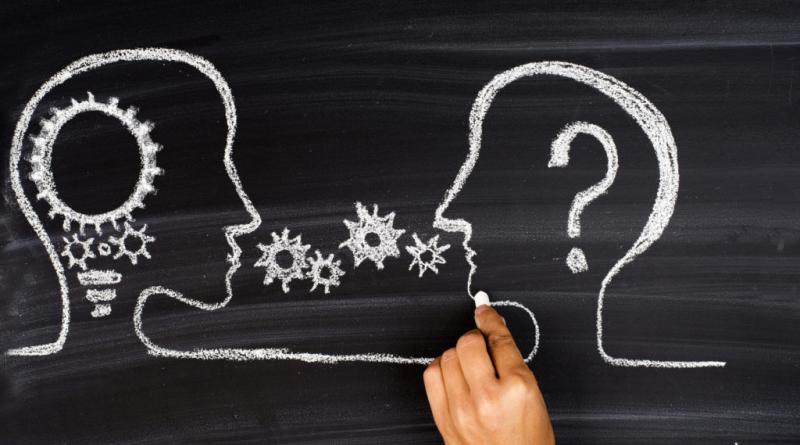Connecting Climate Change, Disaster Risk, and Sustainability.

Why separate these topics when they are stronger together?
Climate change caused by human activity has taken over many agendas, subsuming other topics within its fold. To achieve and continue sustainability, it should be the other way around, placing climate change action within other sustainability actions.

We are changing the climate by increasing greenhouse gas emissions while destroying ecosystems that absorb these gases. “Climate change mitigation” means reducing greenhouse gas sources while increasing uptake.
These actions involve the same principles as for preventing and reducing pollution. In fact, pollution prevention was a mainstay of environmental policies long before human-caused climate change became a concern.
The two approaches are exactly the same. Preferably, stop producing pollutants. If not, then scrub, capture, or otherwise remove them, first at source before release and, as a last resort, from the environment.
Are greenhouse gases really pollutants? From many dictionaries, a pollutant is a substance harmful to the environment. By definition, then, greenhouse gases are pollutants. There have even been legally important declarations of greenhouse gases as pollutants, such as from the US Environmental Protection Agency in 2009.
But, critics cry, carbon dioxide makes life on Earth possible, so we cannot get rid of it! Labelling something as a pollutant does not always mean eliminating it entirely. Consider light pollution and noise pollution. In England, a large amount of milk spilled into a waterway leads to a fine for polluting.
Dealing with greenhouse gases sits within the broader remit of pollution prevention and clean-up. No reason exists to separate climate change mitigation from other pollution prevention and reduction activities.
In the absence of pollution prevention to stop human-caused climate change, we face its impacts. We will need to address worsening heat and humidity, rising sea levels, and rapidly changing weather and ecosystems. This work is called “climate change adaptation”.
Adapting to a changing climate entails actions such as having social programs to help people who are vulnerable to heat and cold; building infrastructure to withstand a wide range of weather; considering whether construction near dynamic shorelines is wise; and being able to adjust freshwater and food sources to a changing environment. All these actions are needed anyway and we have been doing them (or failing to apply what we know) for millennia.
No climate change adaptation measure is unique to climate change adaptation. All need to be implemented anyway. They are part of reducing society's vulnerability to disasters and preventing disasters from happening.
This work is termed “disaster risk reduction”. Disaster risk reduction, by definition, must cover all possible threats, encompassing pandemics, riots, earthquakes, terrorism, changing weather, a changing climate, and many more. If we reduce disaster risks, then by definition we are adjusting to or adapting to a changing climate.
Climate change adaptation brings nothing new to disaster risk reduction. It resides conveniently as a subset of reducing all disaster risks.
If we separate climate change mitigation and adaptation from these other actions, then we endanger ourselves. Imagine: We build a climate-friendly school and a climate-friendly hospital. Both are off-grid with zero greenhouse gas emissions and can withstand any weather. This is hardly a success if people in these buildings are exposed to asbestos added for fire prevention or if the structure collapses in the next earthquake.
Yet pollution prevention and disaster risk reduction do not complete the story. Imagine further: Our school and hospital emit no pollutants at all and can withstand any hazard. But girls are banned from being educated while any hospital patient must pay for all treatment received.
Rather than an achievement, we have set back equity, marginalizing even more those who already lack opportunities. Any pollution prevention and any disaster risk reduction must be enacted within wider contexts of sustainability, relating to health, human and environmental rights, and long-term development contexts.
We are not doing so. The United Nations has separate processes for climate change agreements, disaster-related action, and the Sustainable Development Goals.
The Sustainable Development Goals succeeded in integrating disaster risk reduction throughout, rather than it having a specific goal. Pollution-related work appropriately remains within several goals. The Sustainable Development Goals failed in giving climate change its own, entirely separate goal with a footnote differentiating “the global response to climate change” from the Goals’ own processes.
At the individual level, tackling human-caused climate change has reached such prominence that many claim it to be humanity's top challenge. It is a major concern requiring urgent efforts.
Same with ecosystems wrecked by plastics (coming mainly from petroleum), health risks from nanoparticles, and electronic waste from discarded computers and phones accumulating and leaching toxins. As well as discrimination, oppression, corruption, various forms of violence, overpopulation, and many others.
Dealing with human-caused climate change sits perfectly within wider problems which can all be worked on simultaneously, helping each other. Putting climate change first and highlighting it at the expense of other difficulties creates major perils and impedes essential action.
References
Kelman, I. 2015. "Climate Change and the Sendai Framework for Disaster Risk Reduction". International Journal of Disaster Risk Science, vol. 6, no. 2, pp. 117-127.
Kelman, I. 2017. "Linking disaster risk reduction, climate change, and the sustainable development goals". Disaster Prevention and Management, vol. 26, no. 3, pp. 254-258.
Kelman, I., JC Gaillard, J. Lewis, and J. Mercer. 2016. "Learning from the history of disaster vulnerability and resilience research and practice for climate change". Natural Hazards, vol. 82, no. S1, pp. S129-S143.
Kelman, I., JC Gaillard, and J. Mercer. 2015. "Climate Change's Role in Disaster Risk Reduction's Future: Beyond Vulnerability and Resilience". International Journal of Disaster Risk Science, vol. 6, no. 1, pp. 21-27.
24 January 2021
Psycology Today




